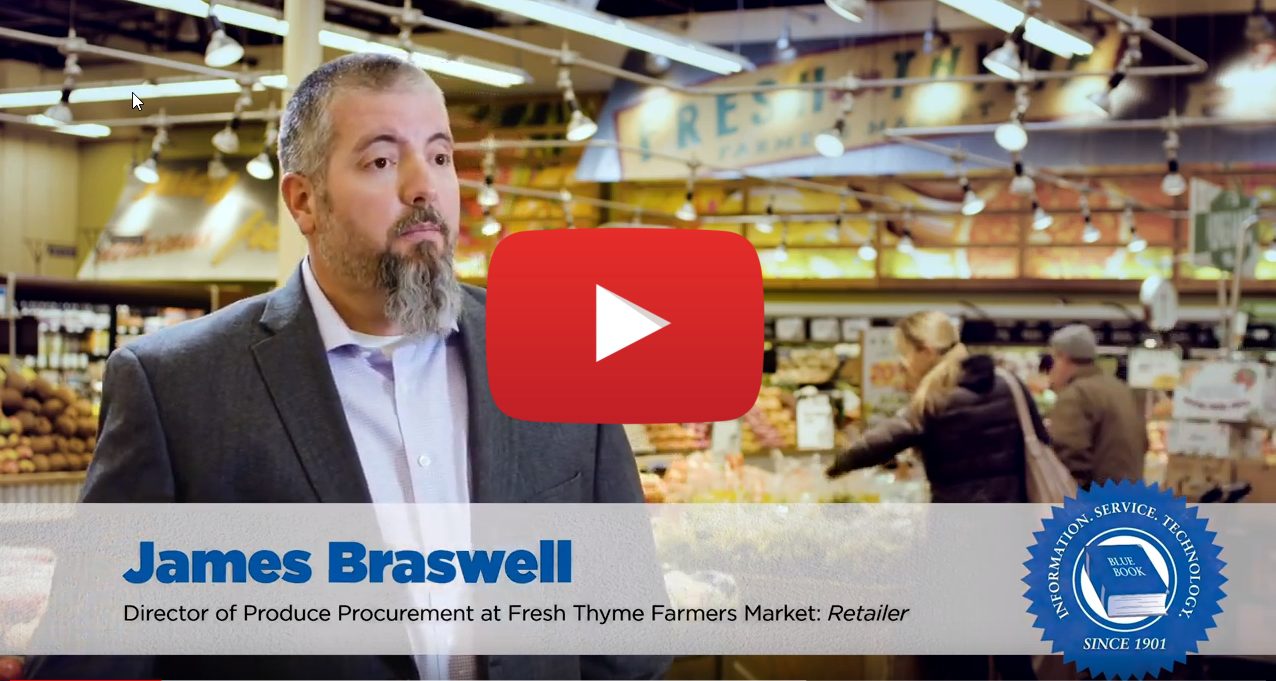By Richard Smoley
The Environmental Protection Agency (EPA) has reversed course on chlorpyrifos, a pesticide used on a number of food and feed crops, including fruits and vegetables.
In 2021, the EPA issued a final rule revoking all chlorpyrifos tolerances. These rules allow for a maximum level of pesticides on residues in food. Revoking the tolerances meant that no levels of the chemical would be allowed.
In November, a ruling by the Eighth Circuit Court vacated EPA’s initial ruling and turned the matter over back to the agency for further proceedings.
As a result, the EPA will allow use on “alfalfa, apple, asparagus, cherry (tart), citrus, cotton, peach, soybean, strawberry, sugar beet, wheat (spring), and wheat (winter) with potential additional restrictions for geographic location, rate of application, farmworker and other vulnerable populations, and vulnerable species and their habitats that may be needed to address safety of the tolerances,” according to a December 19 statement by the agency.
“EPA will continue to work to protect farmworkers, endangered species and their habitats, and the nation’s most vulnerable populations (including children) through its ongoing registration review and Endangered Species Act processes for chlorpyrifos uses,” the agency statement added.
A move in the opposite direction: the U.S. Ninth Circuit Court of Appeals reversed the EPA’s approval of the use of the antibiotic streptomycin as a pesticide on citrus crops. Streptomycin has been used to treat citrus canker and huanglongbing (HLB or citrus greening disease).
“The EPA concedes that its amended registrations failed to comply with the Endangered Species Act (ESA),” said the ruling. “We also conclude that some aspects of the EPA’s registration decision contravene the Federal Insecticide, Fungicide, and Rodenticide Act (FIFRA). . . . Although we do not vacate EPA’s amended registrations lightly, the EPA’s statutory violations coupled with its own concessions make this the required course.”
The ruling also said, “Although substantial evidence supported the EPA’s determination that streptomycin was effective at treating Huanglongbing disease and citrus canker, the EPA failed to provide a sufficient explanation for the registration labels’ suggestion that streptomycin could be used to prevent either disease” (emphasis in the original).
Moreover, said the ruling, “substantial evidence supported the EPA’s assessment of the risk that the registration of streptomycin, which is used as a human antibiotic drug, would lead to antibiotic resistance.”
But the ruling also said that the EPA’s assessment of risk to pollinators such as bees “was incomplete—or, at the very least, inadequately explained.”



